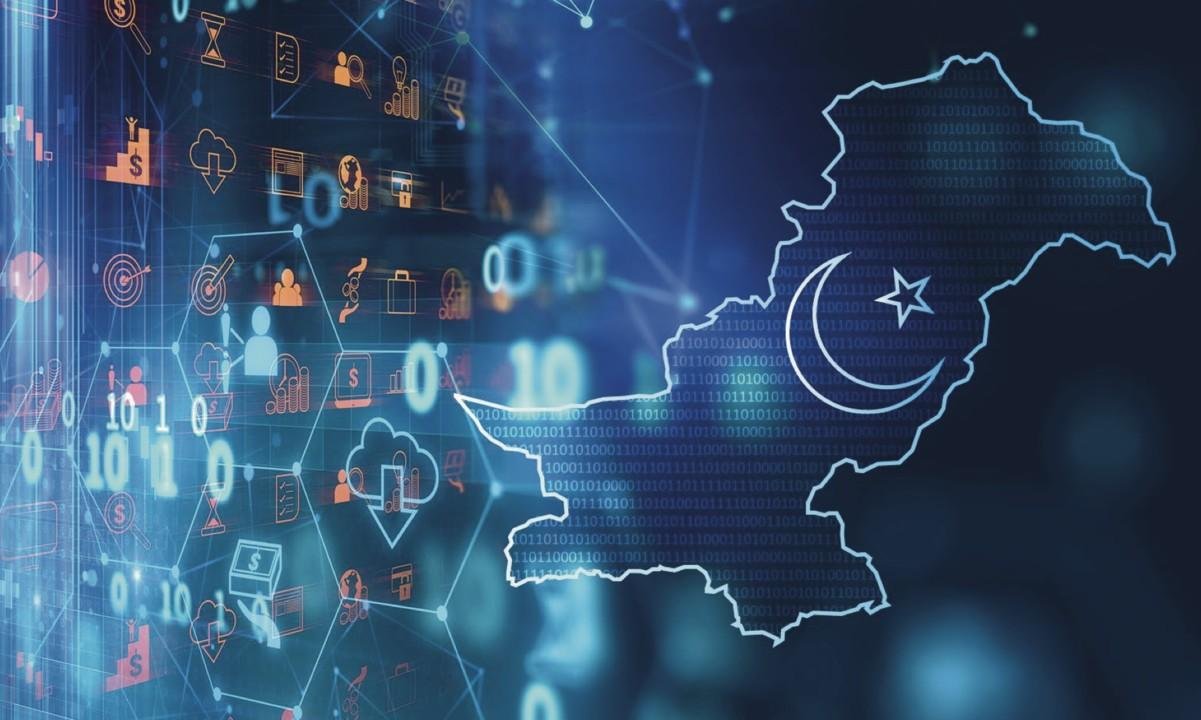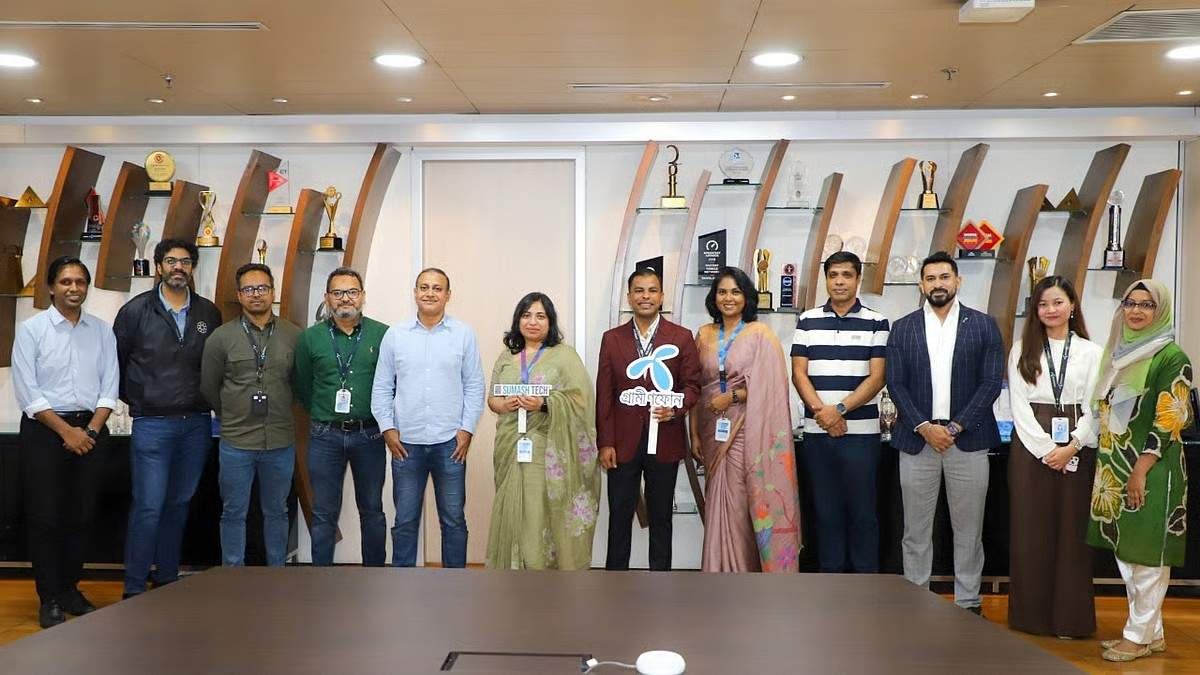Pakistan’s e-commerce sector reached a valuation of $7.7 billion in 2024, with retail e-commerce contributing $5.4 billion. While the sector is projected to grow at an annual rate of 17%, small and medium-sized enterprises (SMEs) continue to face significant hurdles in reaching the global market.
Key obstacles include unreliable internet connectivity, issues with digital payments, and a lack of consumer trust in online transactions. Despite improvements in digital payment adoption, the preference for cash-on-delivery remains widespread, particularly in urban areas. This preference is fueled by skepticism around online shopping, particularly due to incidents of undelivered products. Experts suggest that the absence of secure and user-friendly payment systems is a major factor holding back e-commerce growth in Pakistan.
Pakistan’s internet infrastructure is another barrier. With the country ranking 97th globally for mobile internet speed, rural areas are particularly disadvantaged, facing connectivity issues that affect website access and cause delays in product uploads. These problems result in lost sales and cancellations, further undermining the potential of Pakistan’s e-commerce industry.
The government has introduced initiatives like the Digital Pakistan Policy and the National E-Commerce Council to address these issues. However, progress has been slow, and rural entrepreneurs remain underserved, lacking access to necessary e-commerce tools. To fully capitalize on the global e-commerce boom, experts agree that Pakistan must enhance its internet access and logistics infrastructure.

![[PR – MENA] BingX and John Terry Team Up to Share the Playbook for Greatness at TOKEN2049 Singapore](https://meatechwatch.com/wp-content/uploads/2025/10/image_2025-10-10_13045126-150x95.jpeg)













